
From Sim to Reality: How a Piper PA-28 Changed Everything
I was thereWe started talking about airplanes, and I told him I liked flying but had never really flown. He mentioned that he had a YouTube channel—Josh’s Aviation Adventures—and had one of his videos playing on a laptop. Then he said something that changed my life. He put his hands on my shoulders and said, “I’m bored. You want to go fly?”

Lucky to Fly
I was thereFor Serrhel Adams, flying has always been a passion. But when his mother’s health declined, it became a lifeline — a way to be present for the moments that mattered most.
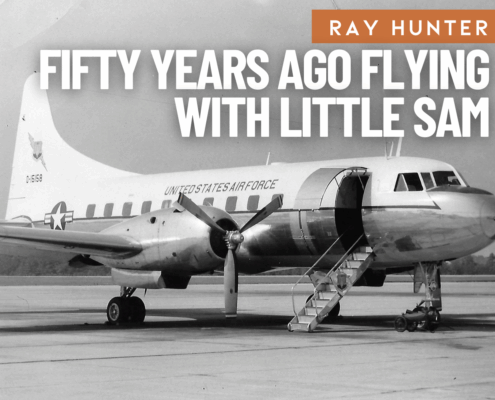
Fifty Years Ago Flying With Little SAM
I was thereMissions were under the strict operational control of the Army. We often flew to Andrews AFB and occasionally swapped stories with the “Big SAM” crews of the 89th Airlift Wing—stories about our high-ranking passengers, never to be repeated of course. We flew in and out of Army airfields throughout the Southeast and beyond. I once spent a week flying the commander of the Third Army and never left the state of Georgia. Civilian guests of Army VIPs sometimes included governors, business leaders, and other politicians.

A New Chapter in Airplane Ownership
I was thereAfter selling his trusty Piper Warrior, Galen King set out to find his next airplane—a capable IFR traveler with some speed and comfort. His search led him from Mooneys to Bonanzas, and eventually to Kansas, where an A36 and its former Beechcraft engineer-owner made a lasting impression. The story of one pilot’s hunt for the perfect airplane—and the satisfying flight home.

Old Piet and Mr Piper
I was thereFor many years, Piet’s company—Placo (the Pretoria Light Aircraft Company)—was the best-selling Piper dealership outside the USA. Old Piet and William T. Piper would remain firm friends for the next 25 years, until Piper’s death in 1970. But Piet still faced a problem: 300 airplanes in America, and no money to get them to South Africa.
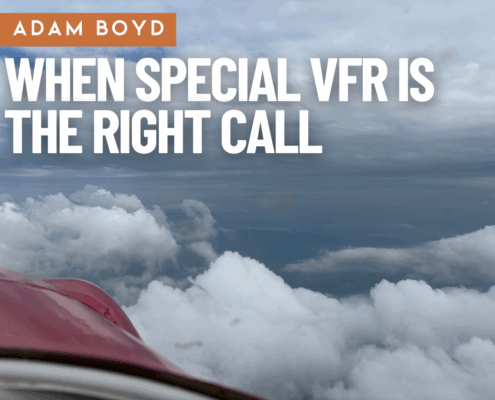
When Special VFR Is the Right Call
I was thereAt 5:30 a.m., I awoke to light rain—the forecast had arrived sooner than expected. By midday the rain had tapered, but the ceiling stubbornly remained at 900 feet. Visibility was excellent, around 10 miles. A check of nearby METARs showed clear skies just a few miles north, with ceilings above 5,000 feet and improving. I realized this was a classic SVFR moment. I didn’t want to file IFR. Conditions were VFR just outside the Class D surface area; the only obstacle was the low ceiling at KJQF.
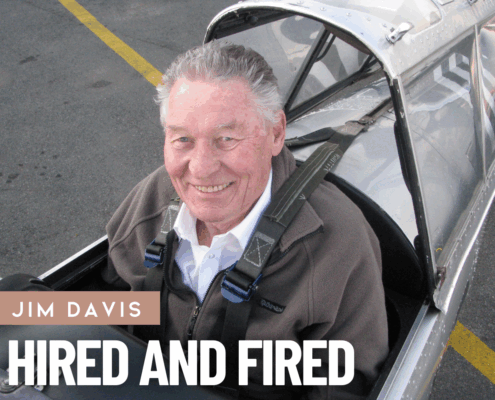
Hired and Fired
I was thereMy duties at Placo included making tea, polishing aircraft, vacuuming interiors, and blacking tires. Zingi mentioned I’d occasionally fly with the big boss, who feared a heart attack and wanted another pilot aboard in case he collapsed. I knew my meager skills would do little to delay our demise should Old Piet falter at the controls.
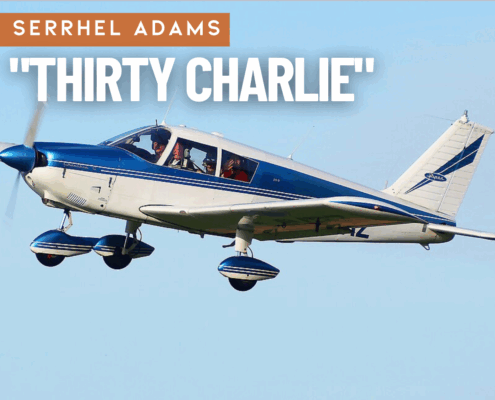
“Thirty Charlie”
I was thereEddie was in his 60s when I met him, sitting in his hangar office. I introduced myself, but he never used my name. To him, I was “Ace,” like all his students. Eddie was incredibly personable and sold me on flying with him from that first meeting. He flew a Piper Cherokee 180, N7630C, and his rate—aircraft, fuel, and instruction—was $40 an hour. I booked my first flight.
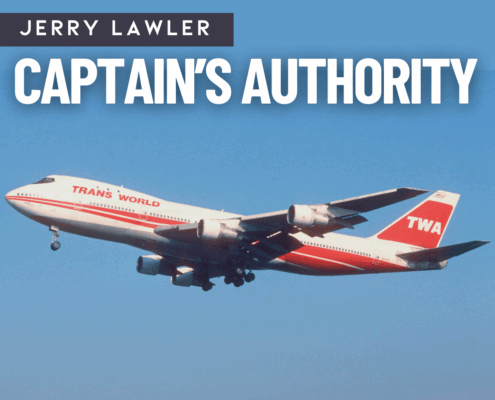
Captain’s Authority
I was thereAs a TWA B-747 Captain, I was scheduled to fly TWA 800 from JFK to Paris (CDG). When I reported for my flight at the hangar at JFK, I was greeted by a Check Pilot who told me he was going to give me an unannounced checkride to Paris and back. I told him that was not going to happen—I was not going to allow him into my flight deck.
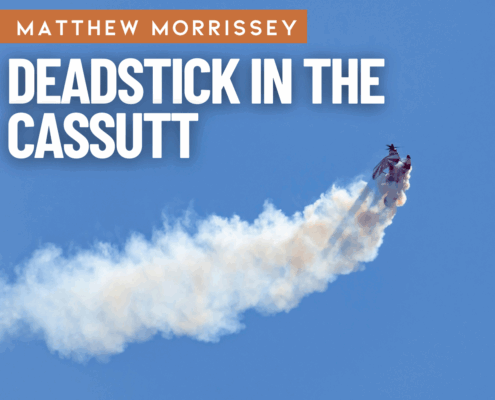
Deadstick in the Cassutt
I was therejust ahead, I spotted an overpass with a parallel frontage road running downhill, lined with trees. Instinct took over. I pulled over the trees, lined up with the road, and held centerline while the branches whipped by on either side. Too fast, and it was my first Cassutt landing. I kicked rudder to skid and scrub off speed. Just as I was about to set down, I noticed a single power line crossing the road. Normally I’d slip under it, but the only car on the road was about to pass underneath at the same time. Now too slow to climb over, I slid under the wire and over the car, then touched down safely.
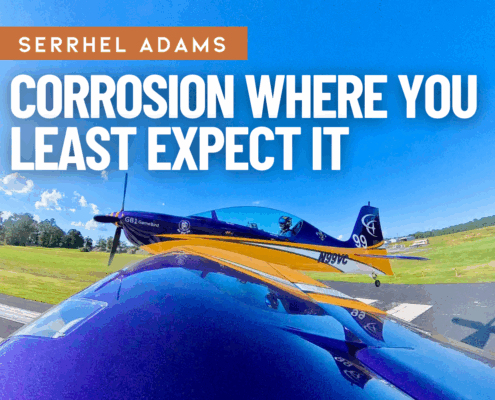
Corrosion Where You Least Expect It
I was there, UncategorizedOur aircraft have annual inspections. And during those inspections, areas are opened and examined for deficiencies, including corrosion. Areas that we use daily and those small hard to get to locations are examined as well. As it turns out, corrosion can show up where you least expect it. Specifically, in the guy sitting at the controls flying the aircraft through the sky.
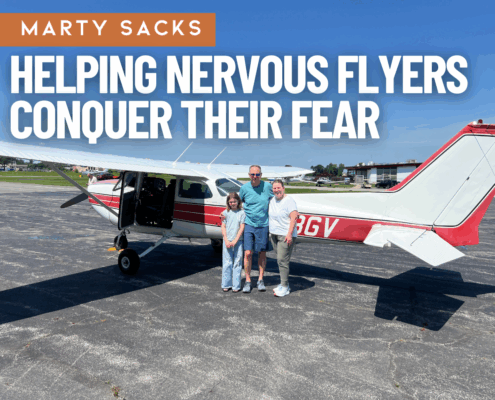
Helping Nervous Flyers Conquer Their Fear
I was thereI was recently asked by a fellow flying club member to take his wife—a fearful flyer—on a flight. Spoiler alert: the flight went well, and my friend’s wife got out of the airplane grinning from ear to ear. Here’s what I did before and during the flight, and what I learned.

VIA The Poles: Journey Around the World’s Ultimate Flight Path
I was there, My AdventureI was part of a four-person crew that completed a Polar Circumnavigation Diploma flight in May 2025 in a 1976 Learjet 36A, S/N 022, N31GJ. If the application is accepted, it will be the fourth aircraft to meet the FAI Polar Circumnavigation Diploma requirements. The flight served as a fundraiser for the Classic Learjet Foundation, which is currently restoring Learjet 23 S/N 003, the first Learjet delivered to a customer in 1964. The now-vintage Learjet 36A completed the 26,291-mile flight without any issues or maintenance delays.

The Strangest Instrument Approach I Have Ever Flown
I was thereAs we taxied out for takeoff at Denver, we got the latest SFO weather from our dispatcher and found it had deteriorated even further to ceiling zero, visibility 1/16th of a mile in fog with an RVR of 800 feet. Incredibly, this was above our landing minimums, so we didn’t sweat it. And of course, RVR stands for Runway Visual Range, which is the horizontal visibility measured in feet by instruments located next to the runway.
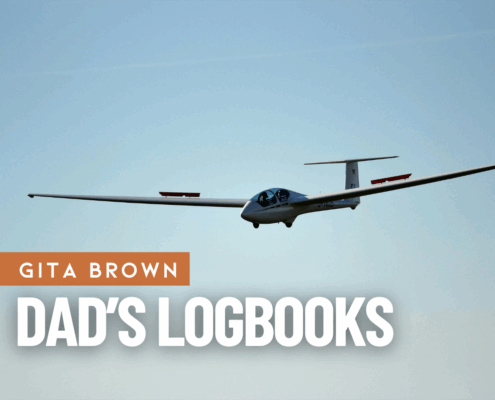
Dad’s Logbooks: Keeping a Daughter on Course
I was thereI wriggled around my dad’s legs and tried to peer over the car hood as he wrote in his sailplane logbook. He picked me up and stood me on top of his sturdy brown shoes. With his ballpoint pen as a pointer, he helped me read: Thermals off second ridge, contacted weak wave over rock pile. Increased to 3–4 kts. Landed at sundown. But as a six-year-old, the meaning was as inscrutable as his organic chemistry quizzes.

Solo, But Not Alone
I was thereThe Army gave me two useful sayings: “Trust in your equipment and your training,” and “Slow is smooth, and smooth is fast.” I believed in the Tecnam and my training—but I really needed the second saying now. I took a breath and slowed everything down.
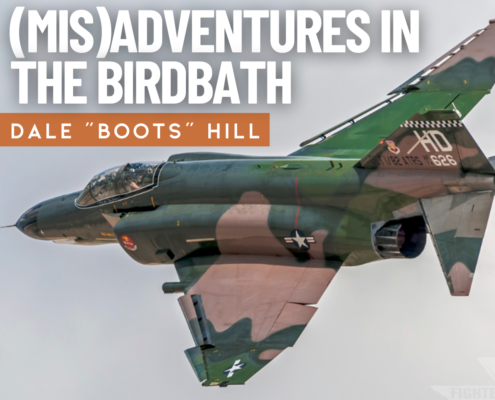
(Mis)Adventures in the Birdbath
I was thereEditor’s Note: Colonel Dale “Boots” Hill is not only a decorated Air Force veteran and longtime Air Facts contributor, he’s also the featured guest on a recent episode of the Air Facts Podcast. In the episode, Boots reflects on flying…

Instrument Training Wheels
I was thereOne nearby aircraft reported tops around 7,000’. That changed the equation. I had built this aircraft with a turbocharged Rotax 915is—so I had power in reserve. I reasoned that a short climb might get me on top. I’d seen this level of ice before; performance was minimally affected.
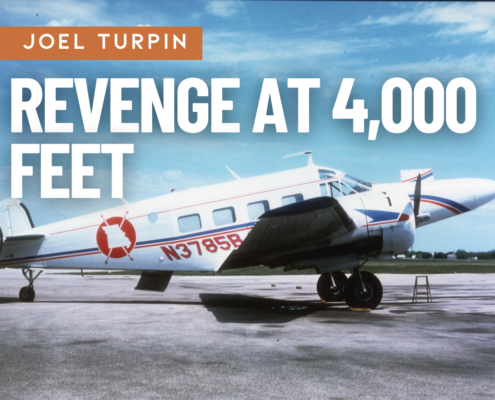
Revenge at 4,000 Feet
I was thereBut this rainy afternoon, neither of us was contemplating our future with Skyway. We were scheduled to fly the afternoon shift in a Beech 18 over the eastern half of our route system, and it promised to be a long and difficult day. We would fly 11 legs—nearly eight hours of flying without the aid of an autopilot. What would really make it stressful was the weather.
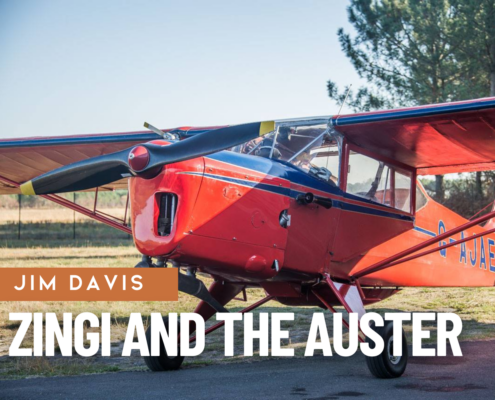
Zingi and the Auster
I was thereNo sooner had I revived my tea-making activities when I heard the Auster start. After some introductory coughing and spluttering, it settled down to a healthy roar. For God’s sake throttle back, I muttered into the teapot. They didn’t. The noise got louder and closer. There was a horrendous clatter and crash, a tinkling of broken glass—and then silence.
